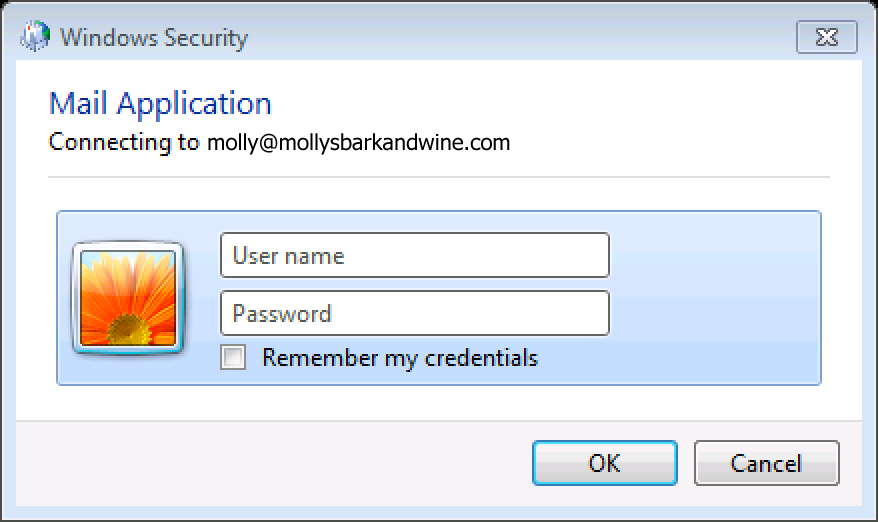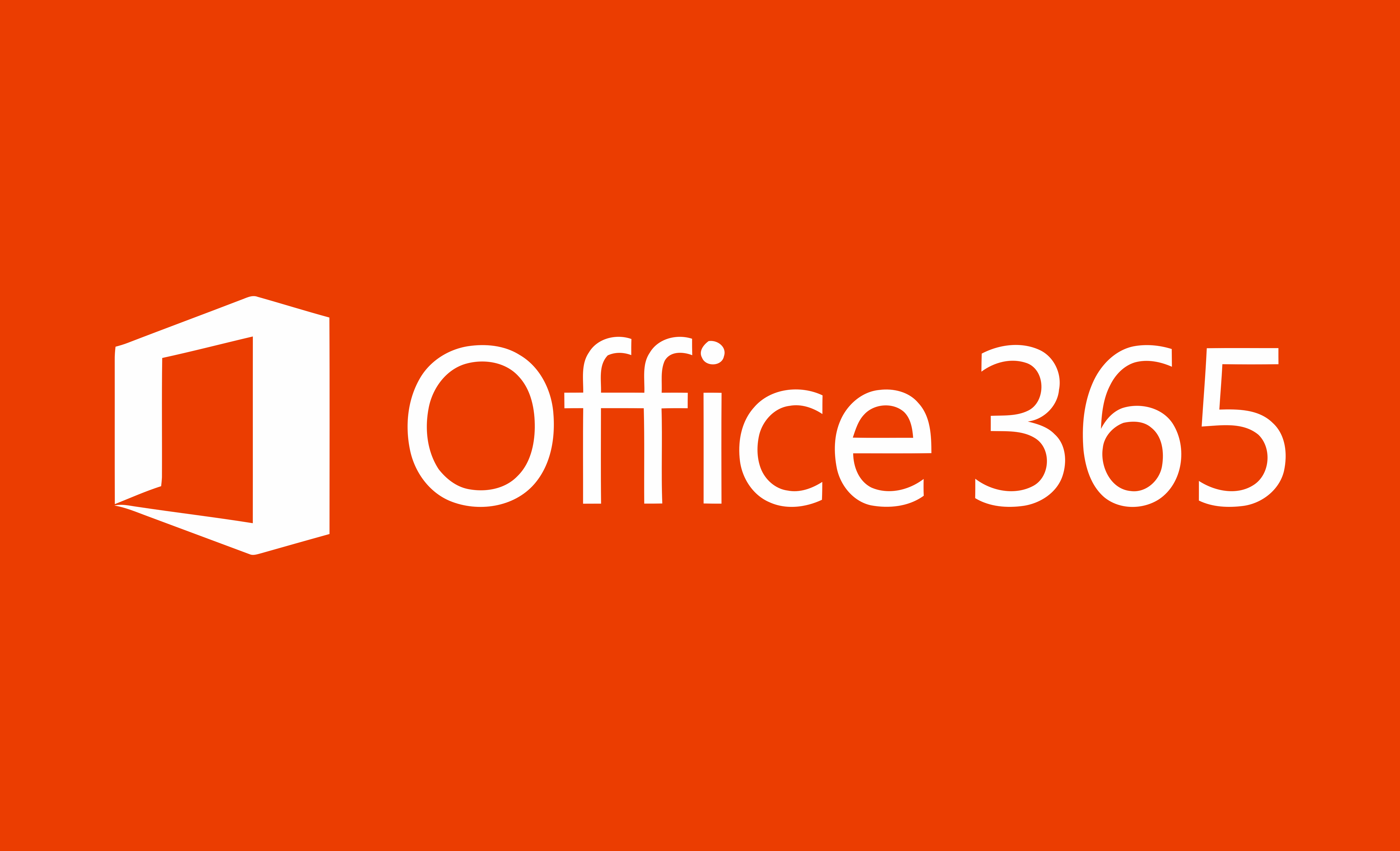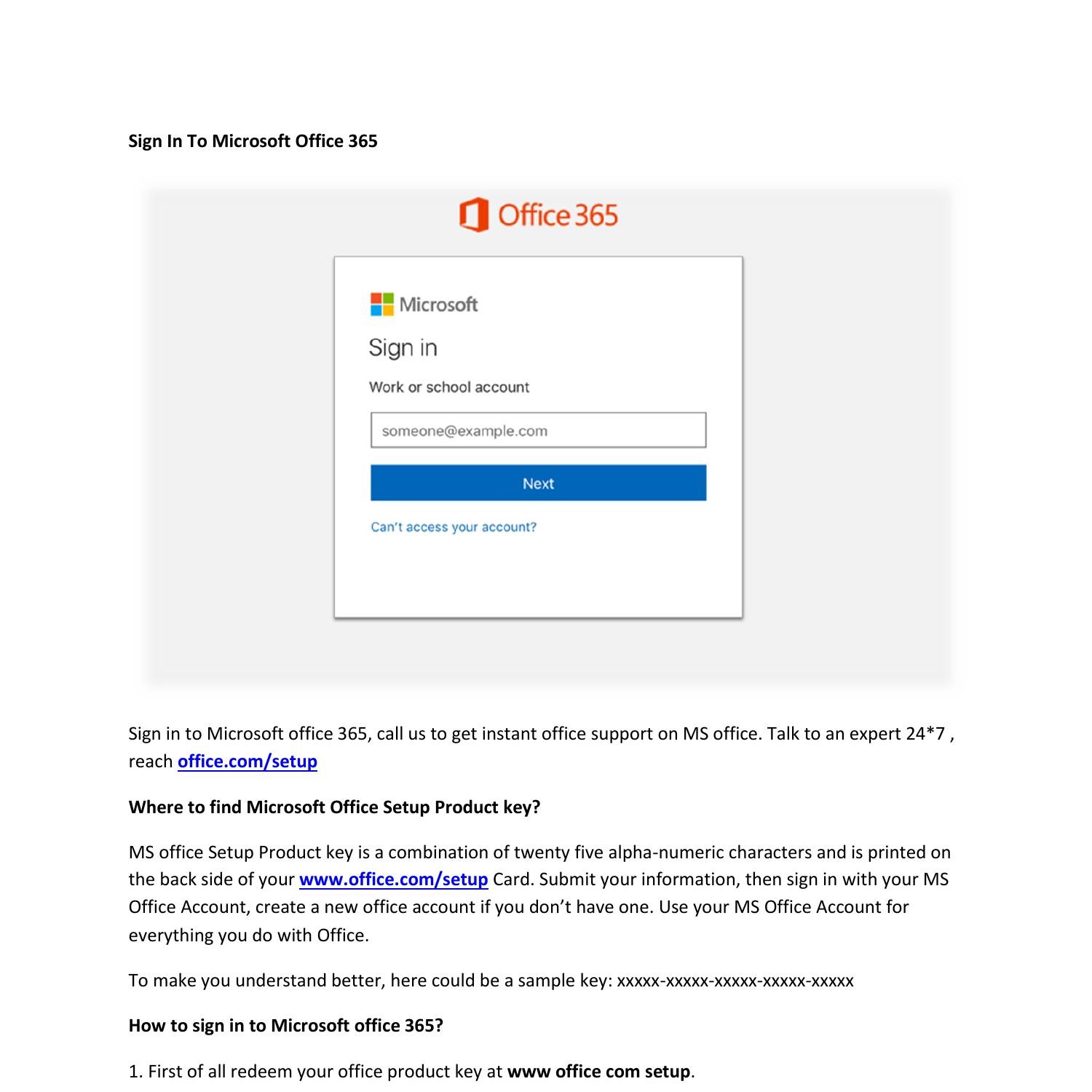

Then click the Configure menu option if you don’t see the directory properties as below.įinally, click the “Customize Branding” button and set the following five items: Once you see the list of Active Directory domains, click your domain. You should see your domain listed that is present with your O365 Tenant. In my case, I already had an account, and my tenant directory appeared with my other tenant directories. If you don’t have an Azure subscription, you will need to create one. Once you are in the administrative portal for your tenant, click on the Azure AD link. You will need admin rights to accomplish this task, and you will need access to an Azure subscription. First, click the Apps Launcher in your tenant and click the Admin app tile. Just a few clicks and we’ll have a nice, branded experience. No more boring login screens that look like everyone else’s – like this one! Branding your Microsoft 365 tenant login experience is now super simple.


Now that Microsoft has made it easier to get to your Azure Active Directory instance which backs your Microsoft 365 tenant, something else got a whole lot easier as well.


 0 kommentar(er)
0 kommentar(er)
